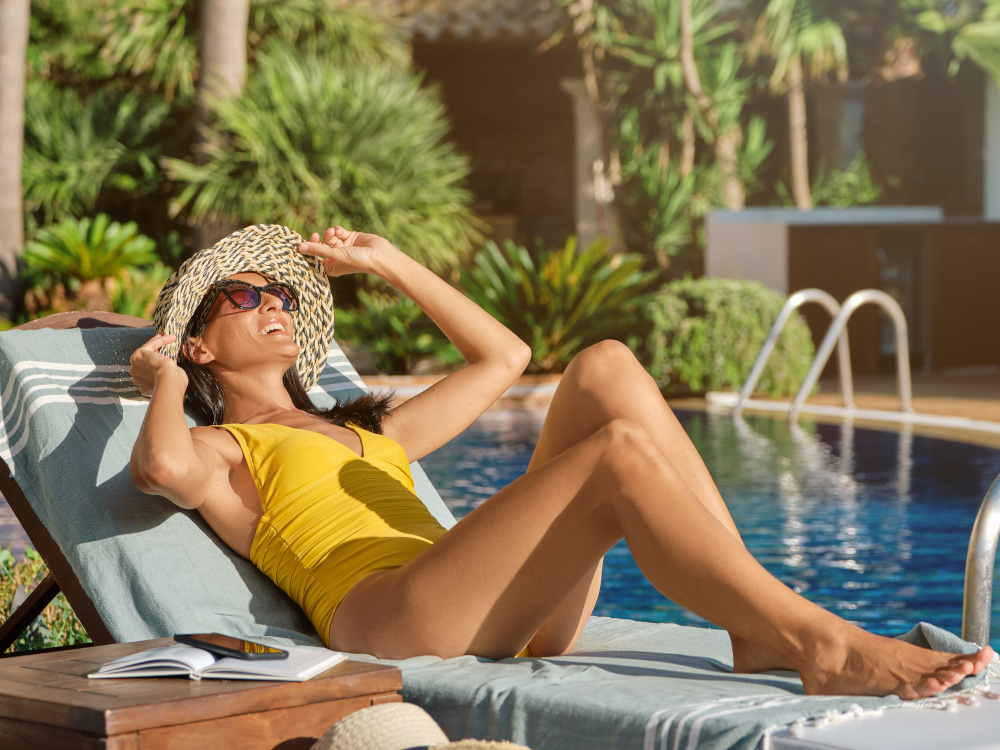A boat has sometimes been described as a hole in the water into which you pour money, and that witticism has become more apt since Canada’s new Select Luxury Items Tax Act came into effect on Sept. 1, 2022.
By imposing a substantial new tax on luxury automobiles, airplanes and boats, the federal government has stated that it expects to increase federal revenue by $604 million over the first five years. The move is in line with the current government’s promise to ensure “that all Canadians and businesses contribute their fair share to a stronger economic recovery.”
The new luxury tax is one of several proposed measures intended to achieve this goal, along with higher corporate taxes, the establishment of a minimum 15-per-cent tax rule for “top-bracket earners” and a crackdown on “aggressive tax planning and avoidance.”
How much tax is payable?
In simple terms, the luxury tax applies to cars and private aircraft that cost more than $100,000 and to boats or yachts of over $250,000. The tax payable is 10 per cent of the total retail cost, or 20 per cent of the amount by which the cost exceeds the price threshold, whichever is lower. For example, the tax on a car priced at $120,000 would be 20 per cent of $20,000 ($4,000), in preference to 10 per cent of $120,000 ($12,000).
Products manufactured in 2018 or earlier are exempt, as are cars, planes and boats used for utilitarian purposes only, such as floating or mobile homes, ambulances and rescue aircraft, or, to use one example offered by the Finance Department, speedboats used by a school to teach waterskiing.
“An important detail is that this tax is applicable to the vendor, which is quite different from an HST or GST that the consumer pays,” says Dino Infanti, Vancouver-based partner and national leader for enterprise tax with KPMG in Canada.
Vendor responsibilities
Those in the business of selling these luxury items – manufacturers, wholesalers, retailers or importers – must complete an application process to register themselves. Tax officials have estimated that it may take about 30 days to complete the process.
A car-leasing company that does not normally sell cars as part of its core business is not required to register or to pay any luxury tax. However, if a company usually both sells and leases cars, it is required to register.
Vendors need be registered. As with many taxes, failing to comply may result in penalties, and those penalties could be significant, Infanti says.
When is the tax applied?
The luxury tax was first introduced as part of Bill C-19 in April of 2022. Subsequently, amendments to the legislation were introduced, including one that could have set a different coming-into-force date for certain aircraft than for cars or boats. However, in July 2022, the government made it clear that the Sept. 1 date would apply to all “subject items,” including aircraft.
Upgrades are taxable, too
For a car, taxable upgrades include custom rims or seats, an audio system or a performance exhaust system. Upgrades that would be included in the cost of a vessel could include “custom cabinetry; onboard lighting; a navigational chart plotter; and a satellite voice and data system.” Modifications that are specifically intended to adapt the item for use by someone with a disability are not included in the calculation.
More from Canadian Family Offices:
- ‘My parents did a stupid financial thing’: 13 mistakes to learn from
- New spouses invariably upset the inheritance apple cart
- Inheritance power move: leaving money to charity so you don’t spoil the kids
It’s important to note that the luxury tax is considered as part of the total price, so GST or HST are levied on top of the tax amount.
Dino Infanti points out that “a question one might have is whether the price threshold might increase; it remains an open question as to whether these thresholds would be indexed to inflation.”
The good news for consumers is that they will not have to calculate the tax themselves. However, Infanti says, “for those who are in this asset class, at the end of the day, the vendor is going to be subjected to this tax, so the consumer is going to pay more.”
Please visit here to see information about our standards of journalistic excellence.



